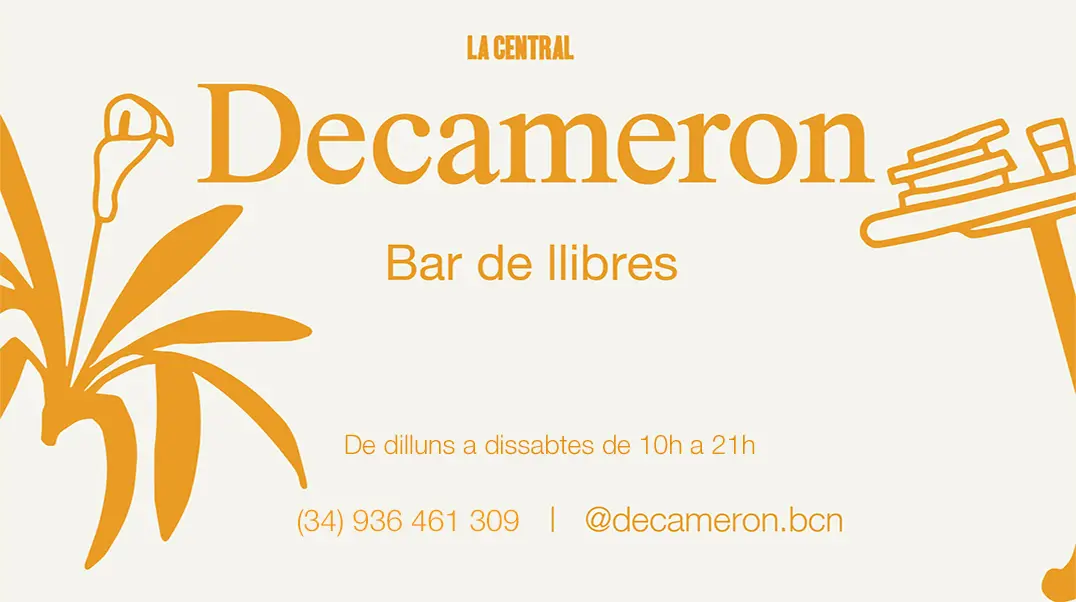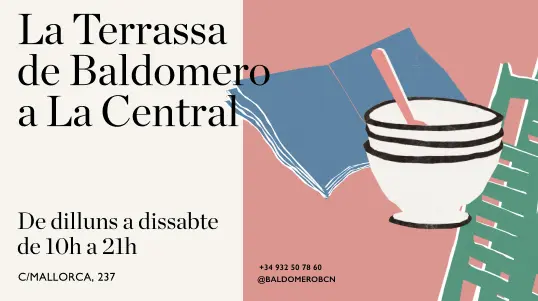The Complementary Nature

The Complementary Nature
16,15 €
Sense existències ara
Rep-lo a casa en 2 / 3 dies per Missatger o Eco Enviament*
Why do we divide our world into contraries? Why do we perceive and interpret so many of life´s contraries as mutually exclusive, either/or dichotomies such as individual~collective, self~other, body~mind, nature~nurture, cooperation~competition? Throughout history, many have recognized that truth may well lie in between such polar opposites. In The Complementary Nature, Scott Kelso and David Engstrøm contend that ubiquitous contraries are complementary and propose a comprehensive, empirically based scientific theory of how the polarized world and the world in between can be reconciled. They nominate the tilde, or squiggle (~), as the symbolic punctuation for reconciled complementary pairs.
Experiments show that the human brain is capable of displaying two apparently contradictory, mutually exclusive behaviors at the same time. Coordination dynamics--a mathematically expressed theory that reconciles the scientific language of "states" with the novel dynamical language of "tendencies"--attests to the complementary nature inherent in human brains and behavior. It may explain, Kelso and Engstrøm argue, why we (and nature) appear to partition things, events, and ideas into pairs. Kelso and Engstrøm´s account is not just metaphorical; the reconciliations they describe are grounded in the principles and mathematical language of the theory of coordination dynamics. The Complementary Nature provides a clear-cut methodology for this evolving theory of brain and behavior that can also be applied to areas and developments outside the neurosciences, hence aiding reconciliations within and between disparate fields.
Preface xi
Acknowledgments xvii
PRELUDE 1
MOVEMENT 1. COMPLEMENTARY PAIRS 17
Contraries Are Ubiquitous 17
A Brief Trip into the History of Ideas 19
Contraries Are Complementary 35
What Is The Complementary Nature? 38
A Novel Syntax for Complementary Pairs 40
Examples of Complementary Pairs 42
The Interpretation of Complementary Pairs 49
A Philosophy of Complementary Pairs 62 Scientific Reconciliation of Complementary Pairs 63
Complementary Pairs Are Dynamical 72
Toward a Science of Complementary Pairs 75
MOVEMENT 2. COORDINATION DYNAMICS 77
Grounding the Philosophy in Science 77
A Brief Diversion into Quantum Mechanics 81
The Deep Problem of Coordination 85
Historical Roots of Coordination Dynamics 88
What Is Coordination Dynamics? 90
The Main Ideas of Coordination Dynamics 92
Foundations of Coordination Dynamics I: Self-Organizing Patterns 111
Foundations of Coordination Dynamics II: Pattern Dynamics 122
From Dynamical Systems to Coordiation Law 139
How the Brain~Mind Works 142
How Brain~Minds Work Together 149
Conditions~Assumptions of Coordination Dynamics 151
A Dynamical Law of Coordination 156
Visualizing a Basic Law of Coordination 158
Mechanisms of Information Processing and Information Creation 174
A Science of Complementary Pairs and The Complementary Nature 176
Gateway to Movement 3 178
MOVEMENT 3. COMPLEMENTARY PAIR~COORDINATION DYNAMICS 183
Reconciling Philosophy and Science 183
Introduction of a Novel Philosophy~Science 187
Putting CP~CD to Work 192
Complementary Pairs of Coordination Dynamics (CP of CD) 193
Three CP of CD Vignettes 195
The CP of CD Collection 215
Coordination Dynamics of Complementary Pairs (CD of CP) 225
Three CD of CP Vignettes 227
Ways~Means of Discovering Relevant Complementary Pairs 236
The Complementary Pair Dictionary 244
A Philosophy~Science of The Complementary Nature 249
What Is The Complementary Nature? 251
End~Beginning 254
Complementary Pair Collections by Fields of Endeavor 257
The Complementary Pair Dictionary Prototype 263
Bibliography 287
Index 297
Preface xi
Acknowledgments xvii
PRELUDE 1
MOVEMENT 1. COMPLEMENTARY PAIRS 17
Contraries Are Ubiquitous 17
A Brief Trip into the History of Ideas 19
Contraries Are Complementary 35
What Is The Complementary Nature? 38
A Novel Syntax for Complementary Pairs 40
Examples of Complementary Pairs 42
The Interpretation of Complementary Pairs 49
A Philosophy of Complementary Pairs 62 Scientific Reconciliation of Complementary Pairs 63
Complementary Pairs Are Dynamical 72
Toward a Science of Complementary Pairs 75
MOVEMENT 2. COORDINATION DYNAMICS 77
Grounding the Philosophy in Science 77
A Brief Diversion into Quantum Mechanics 81
The Deep Problem of Coordination 85
Historical Roots of Coordination Dynamics 88
What Is Coordination Dynamics? 90
The Main Ideas of Coordination Dynamics 92
Foundations of Coordination Dynamics I: Self-Organizing Patterns 111
Foundations of Coordination Dynamics II: Pattern Dynamics 122
From Dynamical Systems to Coordiation Law 139
How the Brain~Mind Works 142
How Brain~Minds Work Together 149
Conditions~Assumptions of Coordination Dynamics 151
A Dynamical Law of Coordination 156
Visualizing a Basic Law of Coordination 158
Mechanisms of Information Processing and Information Creation 174
A Science of Complementary Pairs and The Complementary Nature 176
Gateway to Movement 3 178
MOVEMENT 3. COMPLEMENTARY PAIR~COORDINATION DYNAMICS 183
Reconciling Philosophy and Science 183
Introduction of a Novel Philosophy~Science 187
Putting CP~CD to Work 192
Complementary Pairs of Coordination Dynamics (CP of CD) 193
Three CP of CD Vignettes 195
The CP of CD Collection 215
Coordination Dynamics of Complementary Pairs (CD of CP) 225
Three CD of CP Vignettes 227
Ways~Means of Discovering Relevant Complementary Pairs 236
The Complementary Pair Dictionary 244
A Philosophy~Science of The Complementary Nature 249
What Is The Complementary Nature? 251
End~Beginning 254
Complementary Pair Collections by Fields of Endeavor 257
The Complementary Pair Dictionary Prototype 263
Bibliography 287
Index 297





